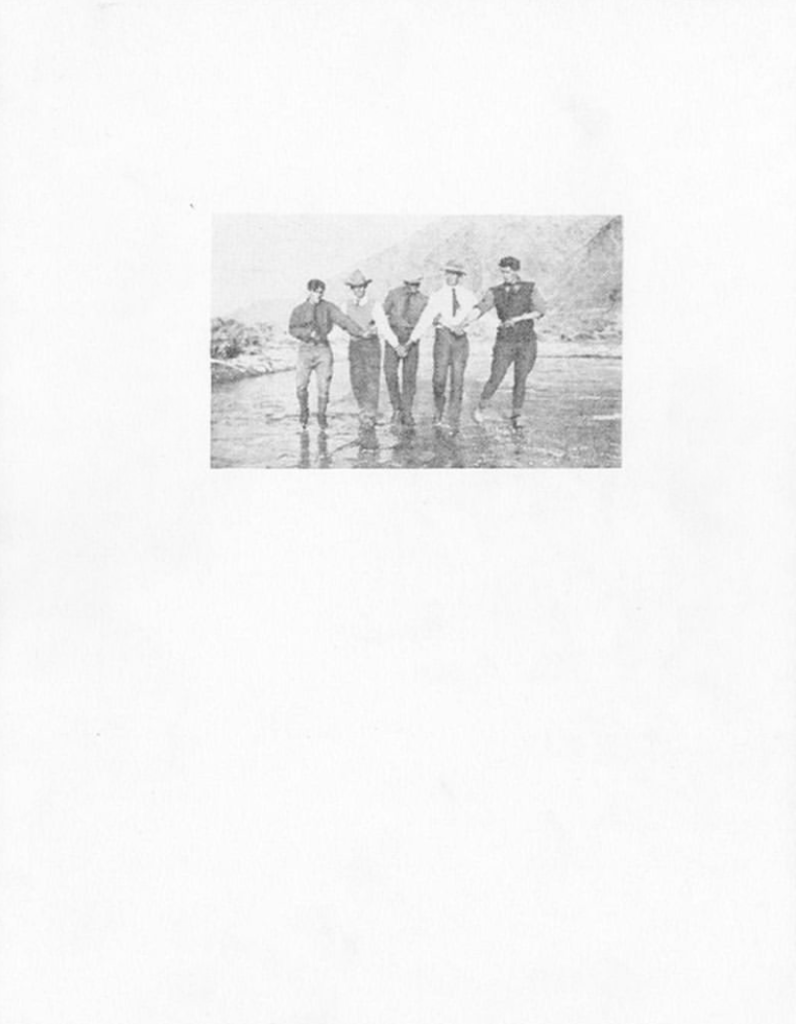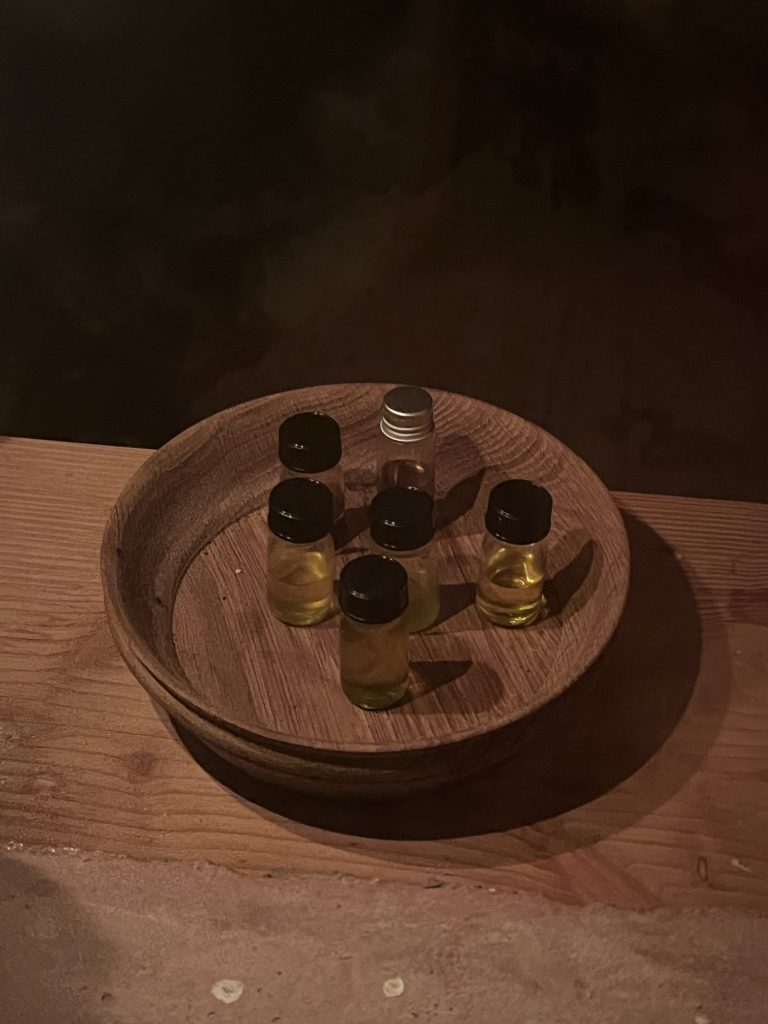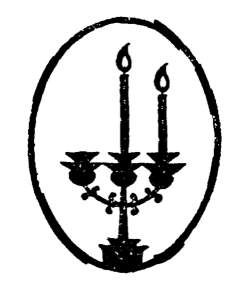
About:
Vinterskolen is initiated for activities of communication design and autonomous work.
Participation:
The second edition of Vinterskolen is open for 24 participants interested in communication design, wood work and scent research.
Participants will be selected on the basis of a short motivational description.
Apply:
Please send an email with this document attached to: vinterskolen@orbivraa.dk by December 15 2024 before 00:00.
The response on admission will be granted during the first part of January 2025.
Costs:
The course, accommodation (incl. food and drinks), is 50 euros pr. night. If you are facing financial difficulties, but still want to apply, please get in touch!
Participants must cover their own expenses for transportation.
Facilities:
All meals are organised and prepared together. Sleeping is communal as well (7 dorm rooms group 3-6 people), participants bring their own sleeping equipment. Our facilities are rather simple/rustic and offer one shared bathroom with shower. We are located close to a river and forest as well.
Travel:
Travel is made by either train (train stop: Vamdrup station) or preferably a shared car.
Teachers:
Line-Gry Hørup,
Graphic designer, writer, editor and professor at HfG Karlsruhe.
Julie Héneault,
Graphic designer of studio Espace Ness and teacher at KASK Ghent.
Paul Bernhard,
Wood worker, designer and programmer.
Niklaus Mettler,
Designer and perfumer at In’n’Out Fragrances and Air Solutions.
Schedule:
Sunday 23/2: Arrival afternoon-evening. Welcoming dinner is prepared by teachers for 19:00 o’clock.
Monday 24/2-1/3: Activities (see bottom of page)
Sunday 2/3:
Cleaning, saying bye and departure.
On The Other Hand
When:
23 february – 2 march 2025
Where:
Vrå, Southern Jutland

About both hands:
We talked for a little while and it seems we agreed on a language. An accumulation of words and signs that we trust in. Questions were raised: When did this happen and how did this come about? Was it before- or afterhand?
What if the expression on one hand and on the other hand, instead of expressing conflicting perceptions, could be freely used to multiply the same perceptions?*
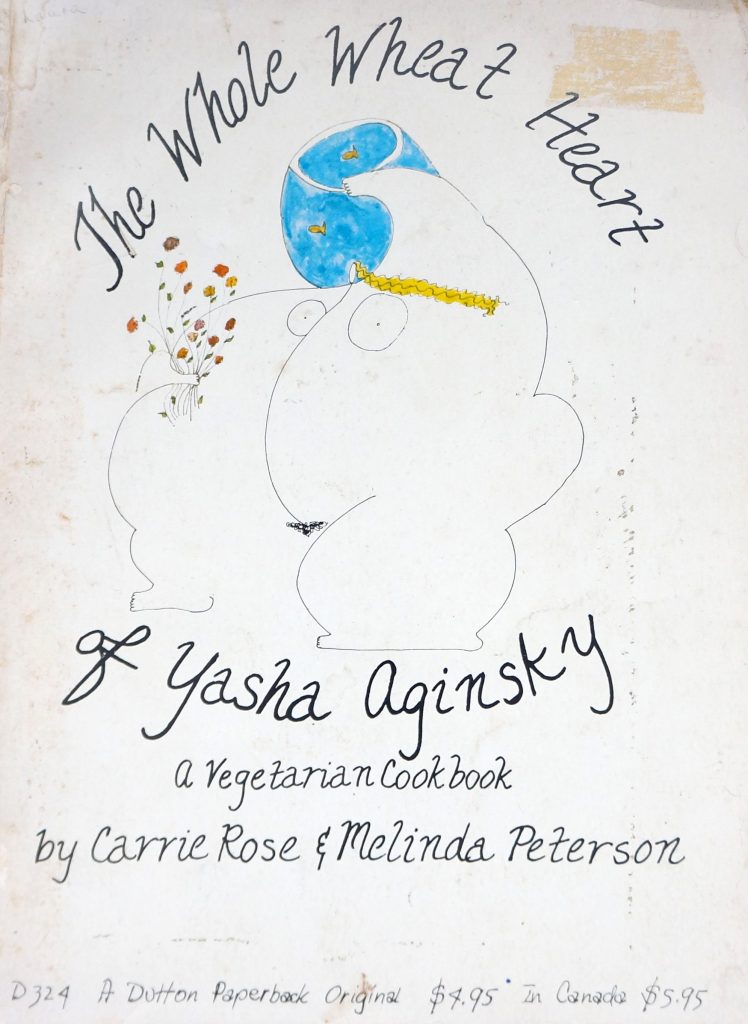

On the one hand, we will lead a practical inquiry to any process between the idea and the result, and on the other we will build a maintainable and editable cooking recipes ressource binder.
If on the one hand you do not feel any desire for scents, or rather the presence of odour, then on the other hand invisible molecules of pine can be released from physical sources within the forest, travel through the air to noses, and eventually form sensations and enter your brain.
*thought experiment part of Ariane Koch’s novel Overstaying, 2024.

Is the invisible material, that smell of an apricot, carrying a piece of fruit inside my body?
During Vinterskolen we will present air as a prospect for creating an invisible space — an opportunity for thinking and designing with air and scent through methods pneumatic and thermal experiments.
Methodologies:
“It seems to me there are mainly two kinds of accuracy. The first is the accuracy of the machine, of industry; an accuracy that allows for no deviation. A process is set up, the work is done, the result is certain — certain, that is, on the level one has chosen. The second kind of accuracy is what i’d like to call the accuracy of intent.”
– James Krenov, The Impractical Cabinetmaker
thought — process — result
A common way of working wood, seems to be linear. Thoughts are brought to a problem; the adequate method is chosen and processed: a result is produced. An example: to dimension a piece of wood to a certain thickness; I will set up the thickness planer machine, feed the piece into one side of the machine and wait for it on the other side of the machine: the piece now has this certain thickness. Wasn’t there a wormhole here?
The actual work is happening while I – the operator – am wandering around the machine, waiting impatiently for this piece of wood, as I had envisioned. During this one process, time was chopped up into two chunks: before me; a piece of wood, and after me; with a thinner piece of wood.
thought
/ \
| process |
\ /
result
If the working process is circular we will work in a progressive feedback. Back to our example: to dimension a piece of wood to a certain thickness; I will gradually plane it down with a handplane, judging after each pass whether and how to go on.
In this conversation — with oneself – thought and result are looping, the boundaries of cause-and-effect fade. The result, that wasn’t conceived beforehand, might result afterhand.


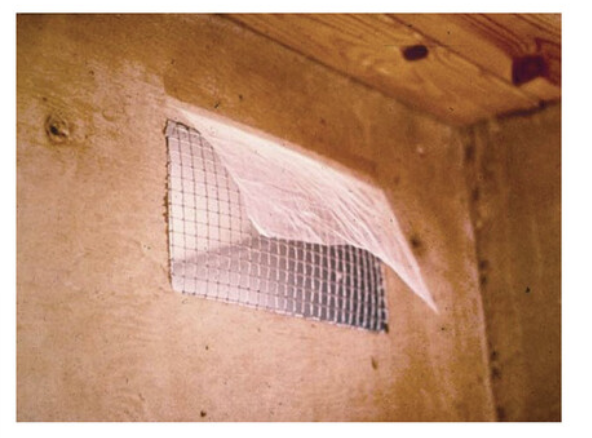
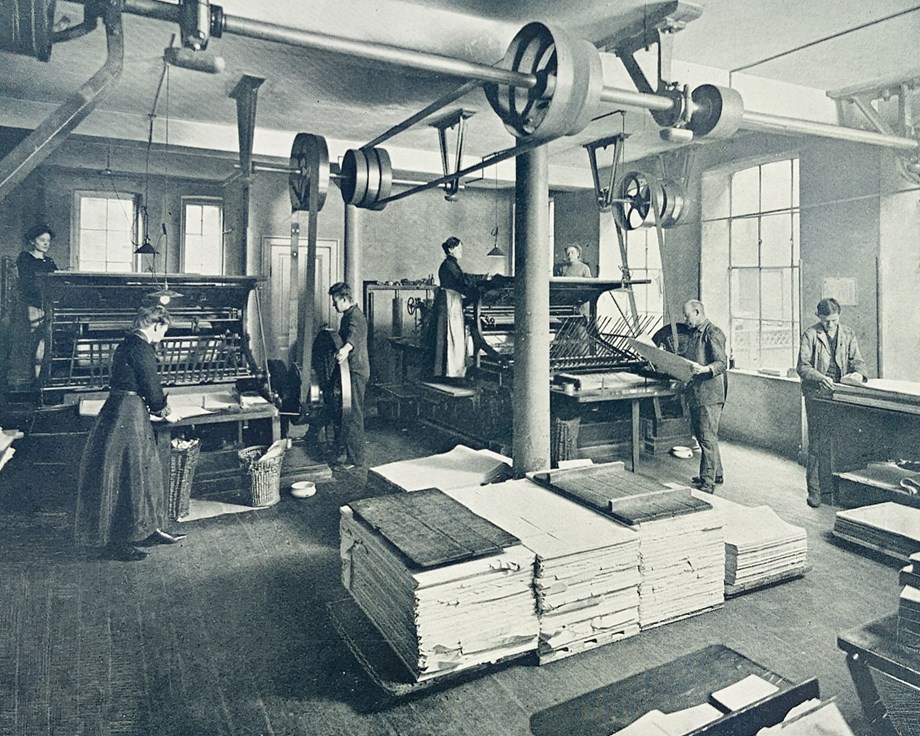
Activities:
( 1 ) Depict a ( phenomenological ) map of ORBI
( 2 ) Assemble a cookbook for larger groups
( 3 ) Consider methodologies of wood work
( 4 ) Theory ( film ) night on printmaking and bell casting
( 5 ) Thermosiphon scent studies of “saunagus”
( 6 ) Initiate contributions to The Greatest Hits Library
( 7 ) Continue building the printing workshop at ORBI’s House for Collections
Workspace for printing ( continued ):
For the first edition of Vinterskolen, communication design students from HfG Karlsruhe researched previous off-site independant art and theory schools (assembled as a reader), made books for the library, as well as established a printing workshop in ORBI’s House for Collections.
Setting up the printshop will continue during the second edition of Vinterskolen, with a special focus on resourcing new printing equipment.

